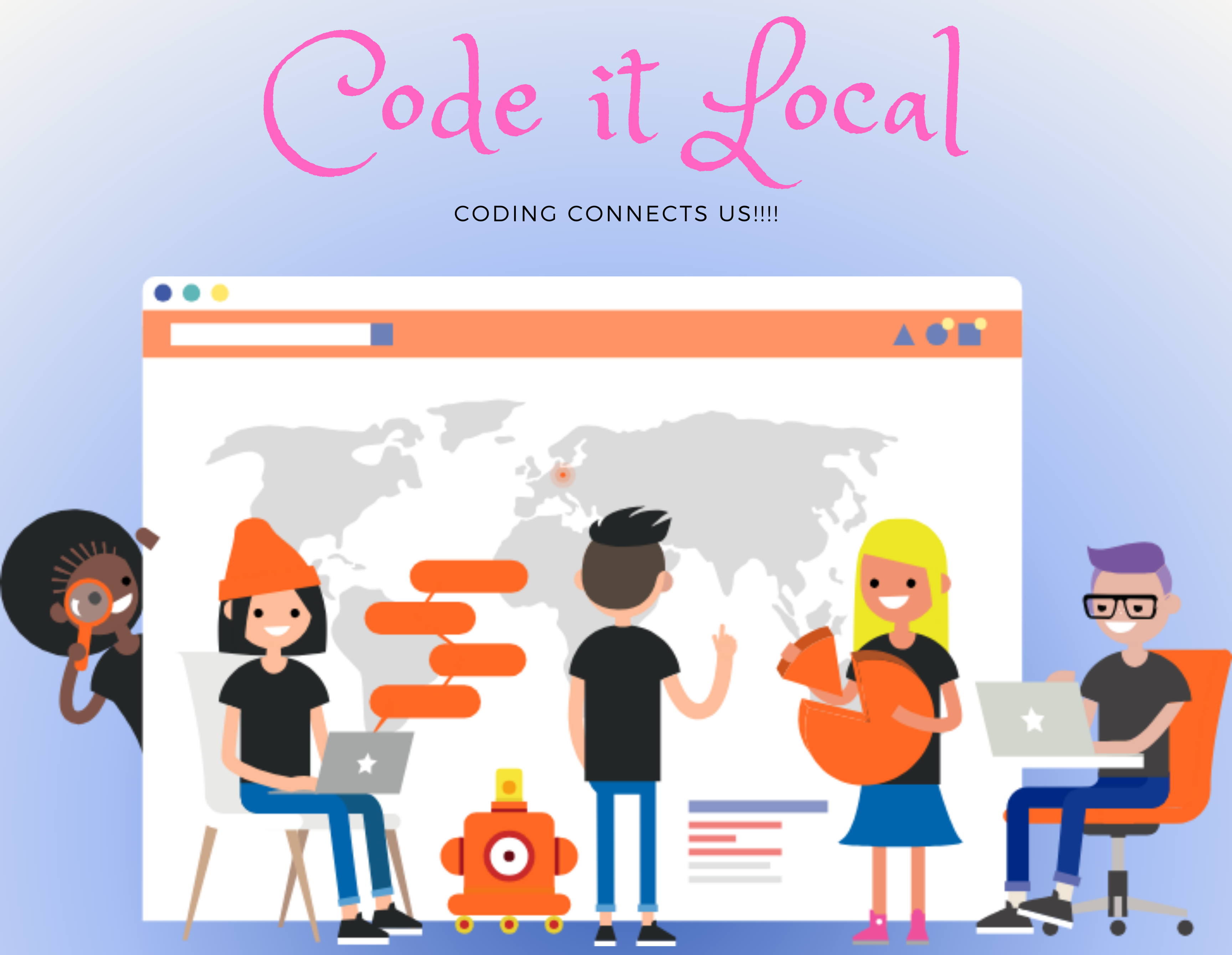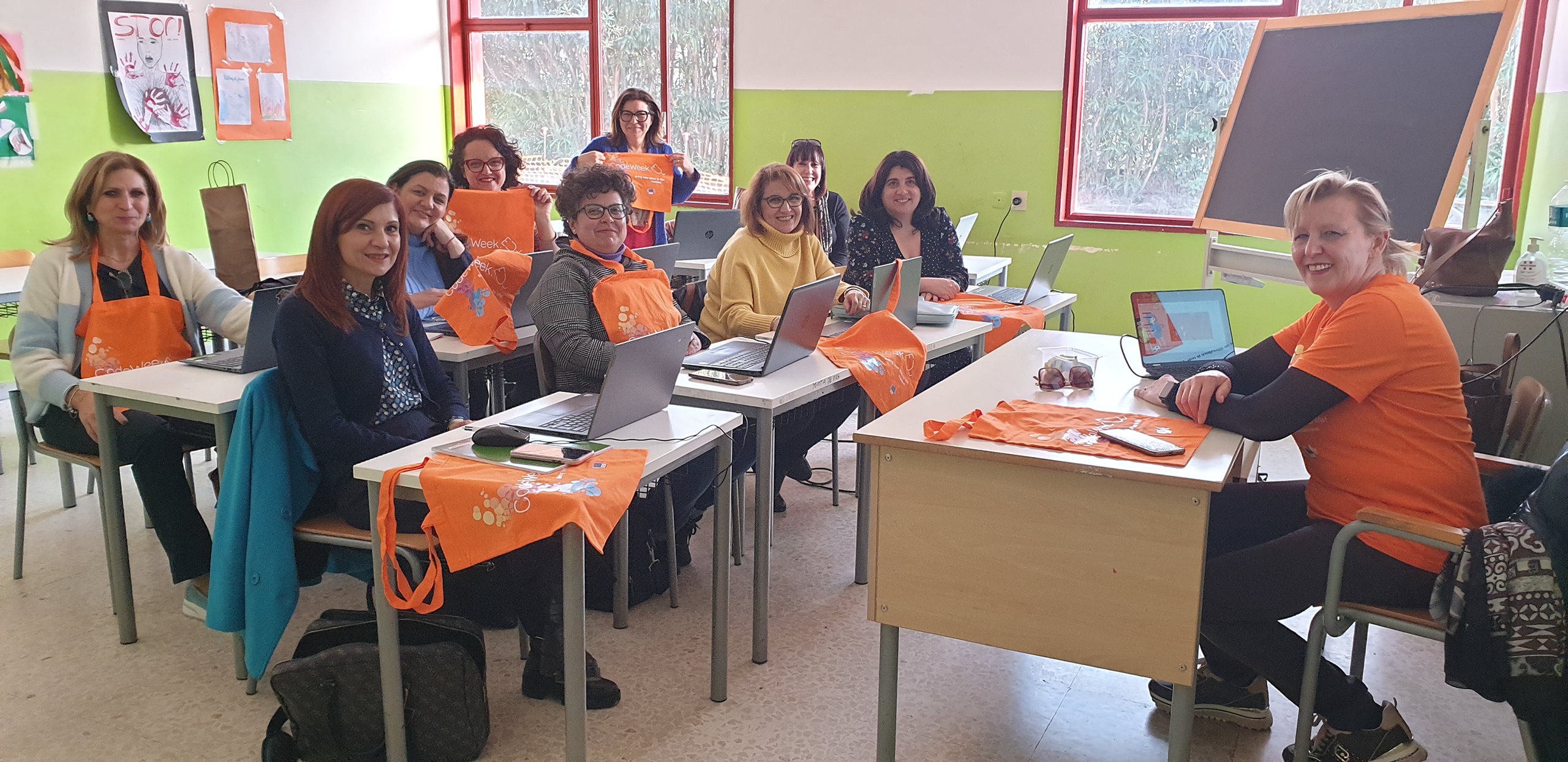Adventures in Pixeland: Unplugged Coding Pixel art for Kids
Publication date: June 27, 2023
Author: Ivana Vezjak, ICT teacher at Elementary school August Šenoa Osijek, Croatia
Nowadays, technology use pervades almost every aspect of everyday life and day by day it transforms the way we communicate, work, access information and even think.
![]()
Our children have grown up in the digital era where technology is prevalent from an early age. As they have a remarkable capacity for learning and adapting to new technologies, we shouldn’t miss the opportunity to provide them with coding and problem-solving skills from an early age.
Computational thinking and problem-solving skills certainly nurture their creativity, decisiveness and resolution activities and prepare them for the digital world they will grow up in.
2000 students connected
As new EU Code Week is approaching in 2023, we can reflect on the last year and prepare for the new projects and ideas.
The ability to connect with people from all over the world almost instantly through various platforms is a valuable opportunity to share ideas, knowledge and collaborate. Our school (Elementary School August Šenoa, Osijek) connected with more than 2000 students and 100 teachers from 15 countries, and we participated together in the EU Code Week project Unplugged Pixel art coding.
This time we decided to do an unplugged coding activity, without the use of computers and other electronic devices which enabled us to focus more on understanding fundamental coding concepts in a simplified and accessible manner. We also wanted to include everyone in this activity, regardless of their access to technology or electronic devices and learning environment.
![]()
Pixel Art coding
Unplugged pixel art coding was a great way to introduce young children to the basics of coding in a fun and interactive way. Students used pixels to create their own artwork by following simple color-code rules.
They were provided a large grid on paper where each square in the grid represented a pixel. With a simple coding language that used colors (each number on the grid represented a specific color), the children could follow their instructions to fill in the pixels on the grid by using colored markers or pencils and thus create different artworks.
This activity was fun and engaging, and it enabled children to understand some basic coding concepts, like sequencing. Creating pixel art involves breaking down the design into a series of steps, which like sequencing in coding involves arranging instructions in a logical sequence. They also learned about abstraction while learning about how to represent the design using symbols or codes. While learning to analyze design, they also developed logical thinking skills.
Activity templates are accessible here.


